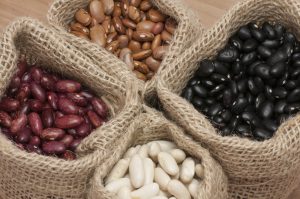By Heide Kennedy, Arizona Farm Bureau Communications Intern
Vitamins, vitamins, vitamins. It seems as though we are always hearing about vitamins, whether it be about how much we should be getting, what foods contain them, or how they benefit our health. I hate to break it to you, but this article is also about all of those things. But not to worry, it isn’t another typical article about the commonly discussed vitamin B, or vitamin C. Rather, it is about vitamin E, a lesser-mentioned vitamin that is one that we don’t get much of in our everyday diet but is vital to our health. 
According to registered dietician Kim Yawitz, “Vitamin E strengthens the immune system and helps your cells communicate with each other, but it’s best known for being a powerful antioxidant.” Yawitz explains that getting enough vitamin E is important because as an antioxidant, it neutralizes the free radicals in our bodies, which we encounter every day just from the environment in which we live. If free radicals are left to build up in our bodies, they can cause big health problems later in life, such as heart disease and cancer.
So, how do we incorporate vitamin E-rich foods into our diets? According to Yawitz, vitamin E is a fat-soluble vitamin, so eating foods that have fat in them is one way to get vitamin E. Additionally, here are some other vitamin E-rich foods:
- Black beans
- Wheat germ oil
- Sunflower seeds
- Dry-roasted almonds
- Peanut butter
- Asparagus
- Mango
Since we don’t get much vitamin E in our typical daily diets, taking the extra step to eat some foods that are rich in vitamin E is important. That way, we can ensure that we are getting enough antioxidants and protecting ourselves from disease later in life.
For more health-related articles, check out the Fill Your Plate blog!

